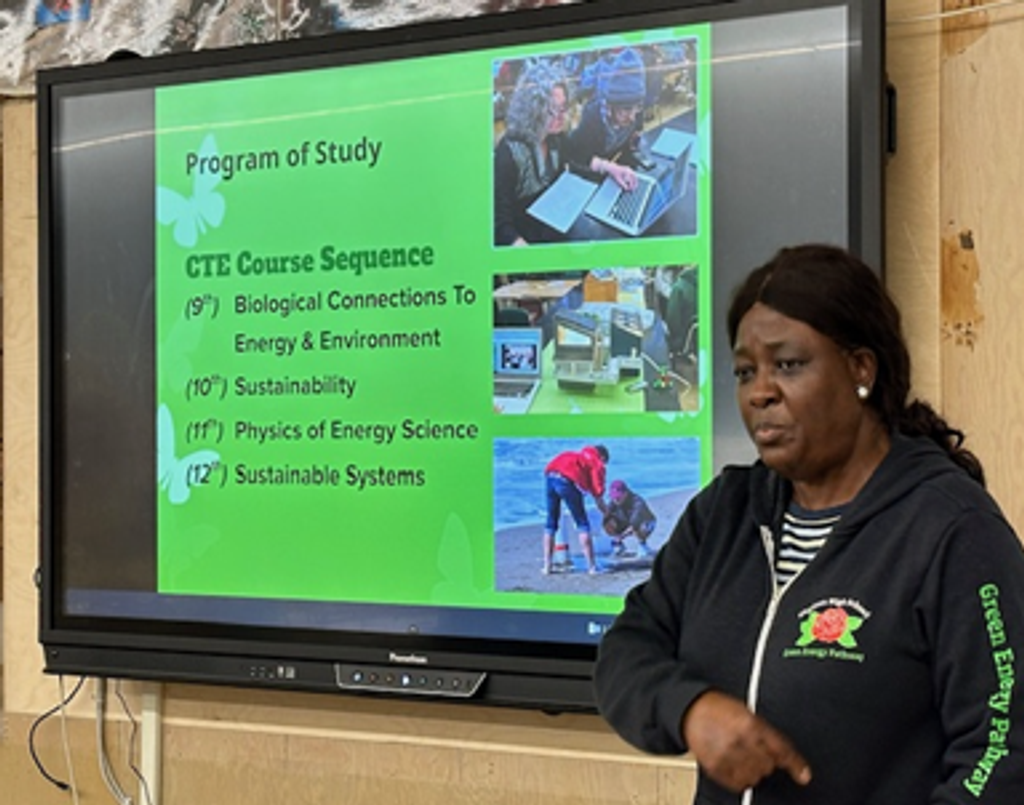3.0. NASA Program/Project Life Cycle
3.1 Program Formulation
3.2 Program Implementation
3.3 Project Pre-Phase A: Concept Studies
3.4 Project Phase A: Concept and Technology Development
3.5 Project Phase B: Preliminary Design and Technology Completion
3.6 Project Phase C: Final Design and Fabrication
3.7 Project Phase D: System Assembly, Integration and Test, Launch
3.8 Project Phase E: Operations and Sustainment
3.9 Project Phase F: Closeout
3.10 Funding: The Budget Cycle
3.11 Tailoring and Customization of NPR 7123.1 Requirements
The purpose of Phase B is for the project team to complete the technology development, engineering prototyping, heritage hardware and software assessments, and other risk-mitigation activities identified in the project Formulation Agreement (FA) and the preliminary design. The project demonstrates that its planning, technical, cost, and schedule baselines developed during Formulation are complete and consistent; that the preliminary design complies with its requirements; that the project is sufficiently mature to begin Phase C; and that the cost and schedule are adequate to enable mission success with acceptable risk. It is at the conclusion of this phase that the project and the Agency commit to accomplishing the project’s objectives for a given cost and schedule. For projects with a Life Cycle Cost (LCC) greater than $250 million, this commitment is made with the Congress and the U.S. Office of Management and Budget (OMB). This external commitment is the Agency Baseline Commitment (ABC). Systems engineers are involved in this phase to ensure the preliminary designs of the various systems will work together, are compatible, and are likely to meet the customer expectations and applicable requirements.
During Phase B, activities are performed to establish an initial project baseline, which (according to NPR 7120.5 and NPR 7123.1) includes “a formal flow down of the project-level performance requirements to a complete set of system and subsystem design specifications for both flight and ground elements” and “corresponding preliminary designs.” The technical requirements should be sufficiently detailed to establish firm schedule and cost estimates for the project. It also should be noted, especially for AO-driven projects, that Phase B is where the top-level requirements and the requirements flowed down to the next level are finalized and placed under configuration control. While the requirements should be baselined in Phase A, changes resulting from the trade studies and analyses in late Phase A and early Phase B may result in changes or refinement to system requirements.
It is important in Phase B to validate design decisions against the original goals and objectives and ConOps. All aspects of the life cycle should be considered, including design decisions that affect training, operations resource management, human factors, safety, habitability and environment, and maintainability and supportability.
The Phase B baseline consists of a collection of evolving baselines covering technical and business aspects of the project: system (and subsystem) requirements and specifications, designs, verification and operations plans, and so on in the technical portion of the baseline, and schedules, cost projections, and management plans in the business portion. Establishment of baselines implies the implementation of configuration management procedures. (See Section 6.5.)
Phase B culminates in a series of PDRs, containing the system-level PDR and PDRs for lower level end items as appropriate. The PDRs reflect the successive refinement of requirements into designs. Design issues uncovered in the PDRs should be resolved so that final design can begin with unambiguous design-to specifications. From this point on, almost all changes to the baseline are expected to represent successive refinements, not fundamental changes. As noted in Figure 2.5-1, significant design changes at and beyond Phase B become increasingly expensive.


























